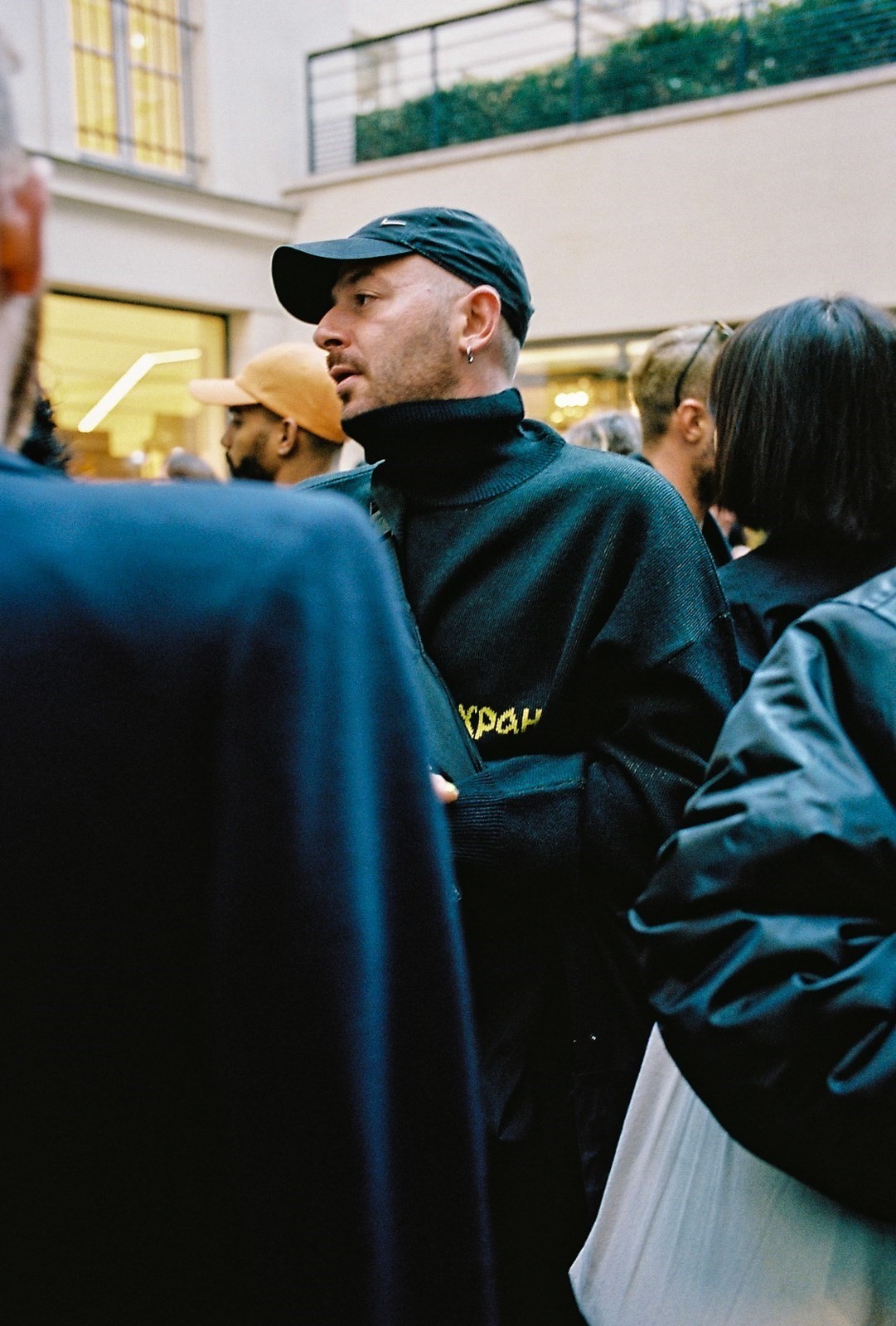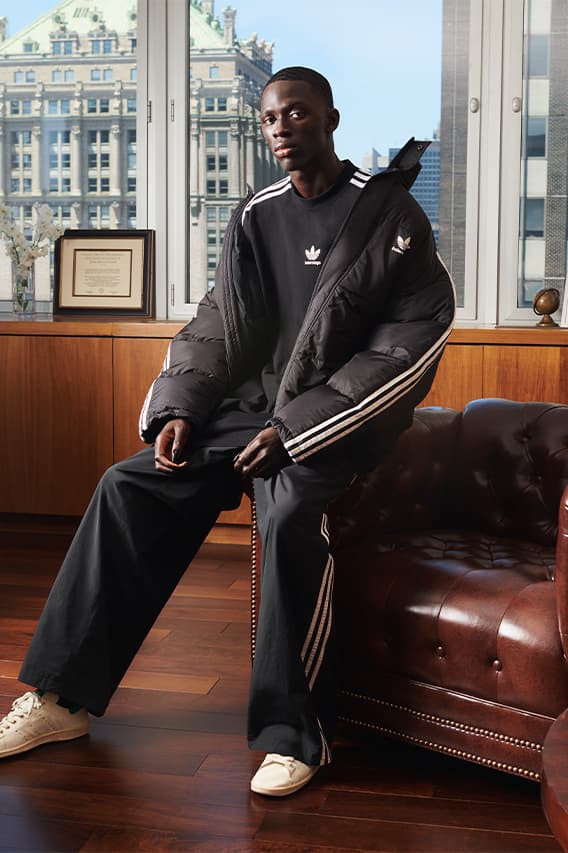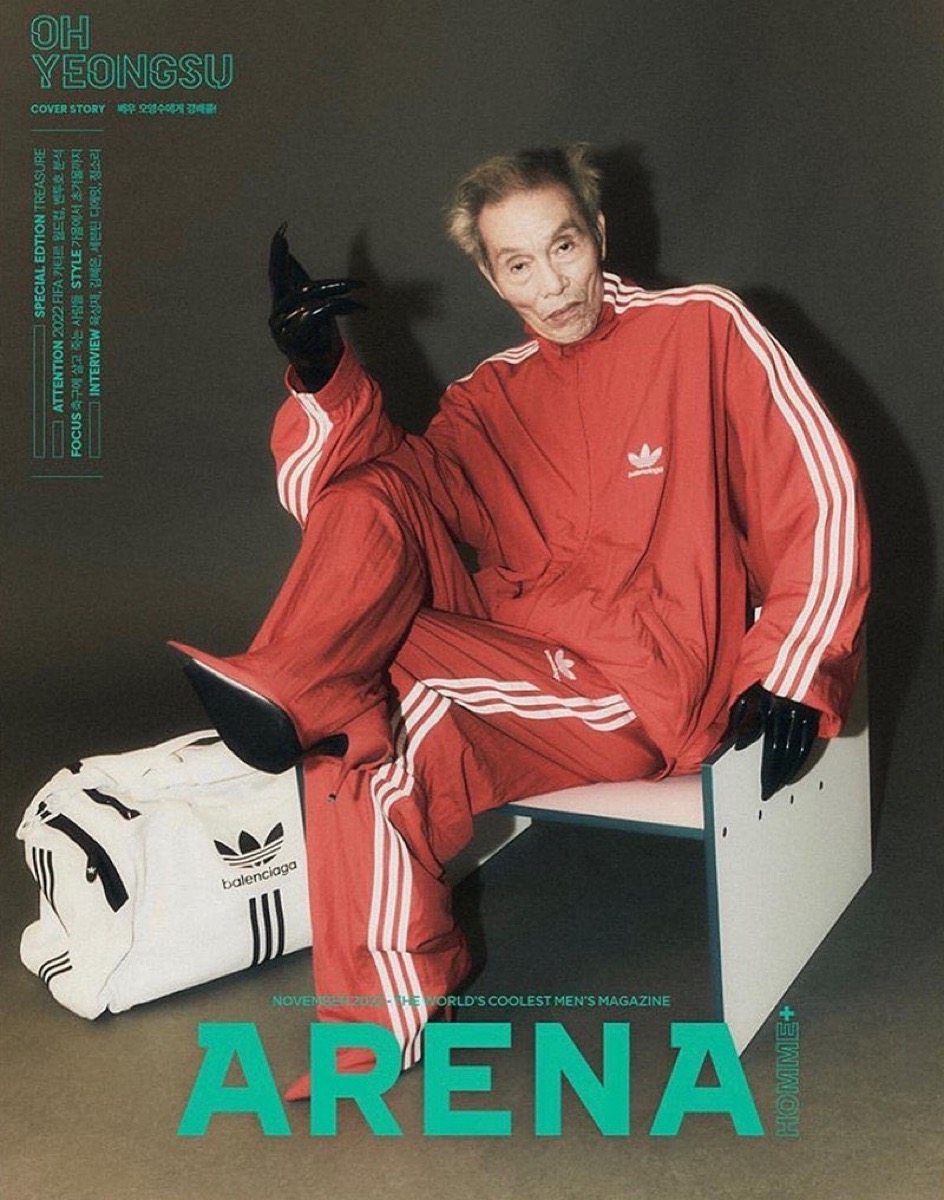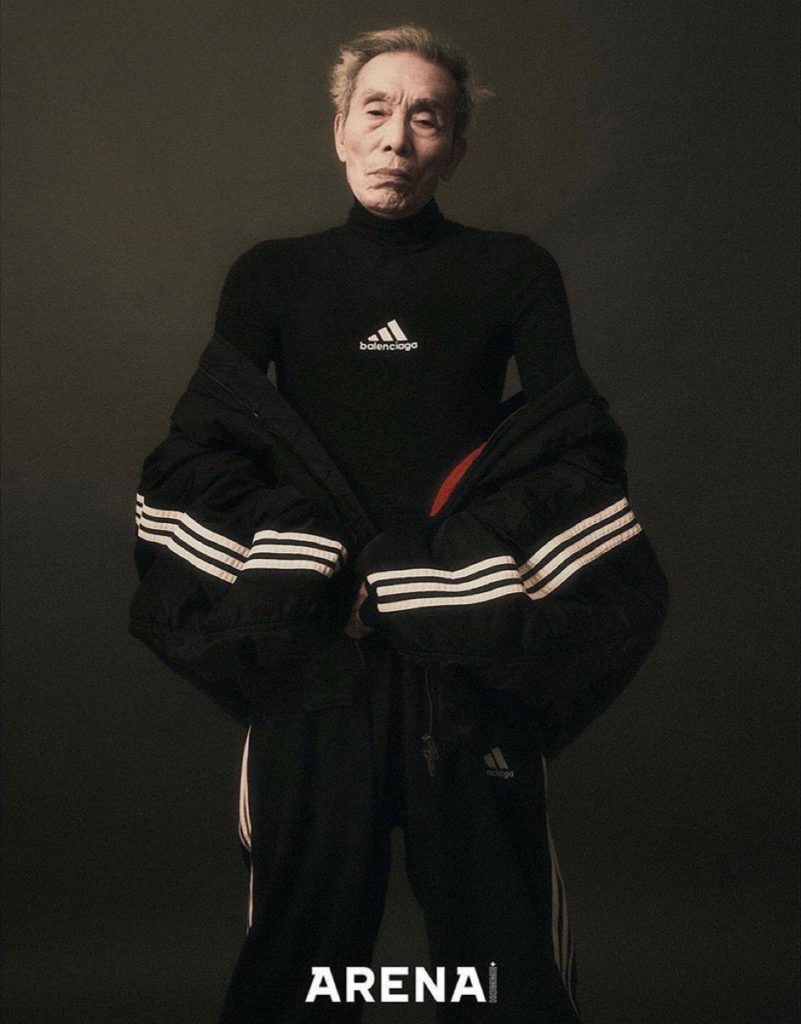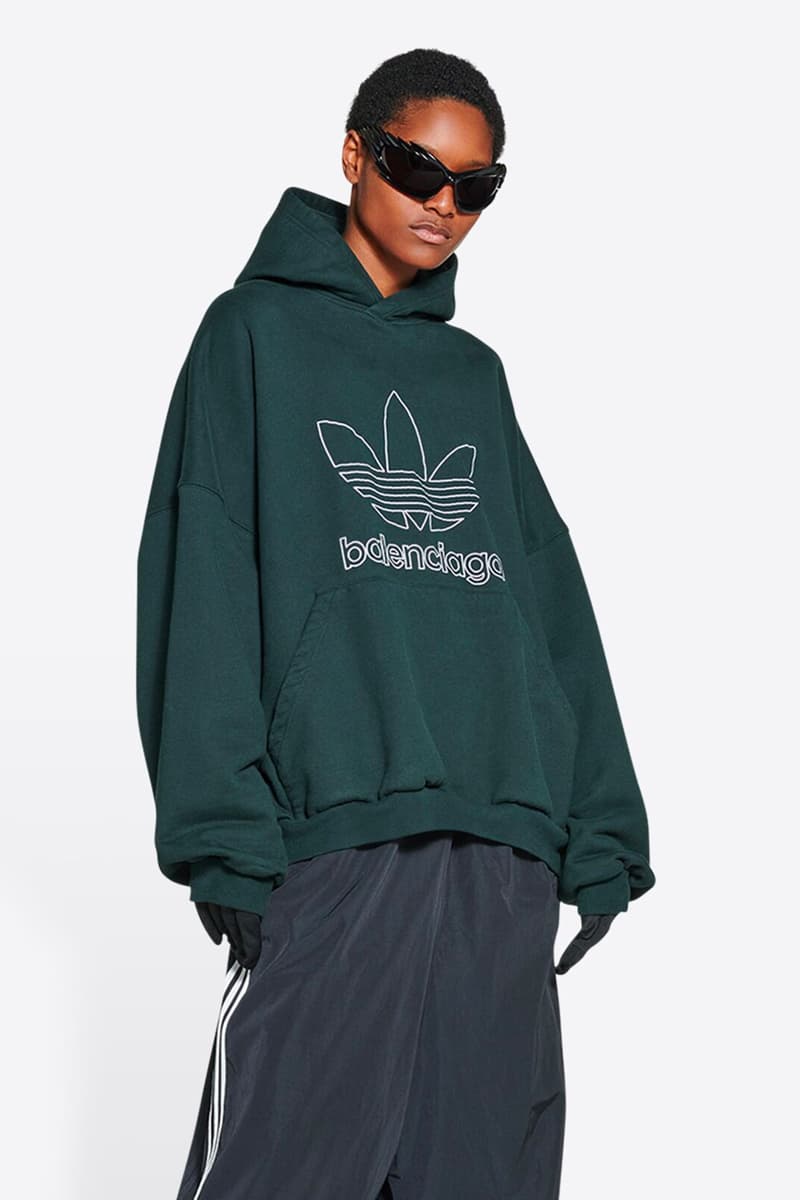Demna (designer) About
In 2006, Demna collaborated with Walter van
Beirendonck on his men’s collections.
In 2009, Demna joined Maison Martin Margiela,
where he was responsible for women’s
collections until 2013. In 2013, he
was appointed senior designer of women’s
ready-to-wear collections at Louis Vuitton,
initially under Marc Jacobs and briefly
under Nicolas Ghesquière.
Demna
developed a unique style as his company,
Vetements, grew in size and popularity. Much
of Demna's approach still stems from his
initial purpose of creating subversive
ashion. Collections such as Fall/Winter
2017 included design inspired by archetypes,
diverging from the typical haute couture
method of radical redesign and avant-garde
appearance. Other common themes include
baggy, loose-fitting clothing, and street-
style jackets. In April 2021 he presented
his new Pre-Fall 2021 collection with the
Balenciaga brand, marking a new line of
design and personal thinking, as
promoted by Vanity Teen magazine.
Contact Us

